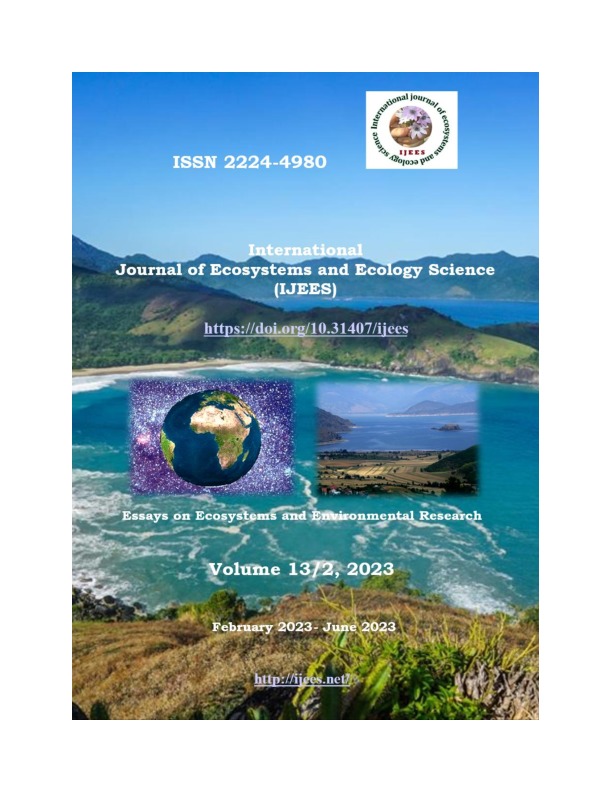id: 34916
Title: Radioprotective and sorption properties of beespine
Authors: Razanov S., Koruniak O., Dydiv A., Holubieva T., Symochko L., Balkovskyi V., Alekseev O., Vradii O., Ohorodnichuk H., Polishchuk M., Kolisnyk O., Mazur O., Mazur O.
Keywords: beespine, melanin, melittin, quail, radioprotective and sorption properties, feed mixture, biologically active substances
Date of publication: 2023-11-29 10:25:37
Last changes: 2023-11-29 10:25:37
Year of publication: 2023
Summary: The research aimed to study the radioprotective and sorption properties of beespine, which refers to the bodies of bees that die during the winter season. The goal was to expand the range of applications for beespine by exploring its potential as a source of radioprotective and sorption properties. The study found that beespine contains biologically active substances, including melitin, melanin, and sulfur-containing amino acids. These substances exhibited radioprotective and sorption properties, which could potentially be beneficial when ingested by quails as part of their feed mixture. Overall, the research suggests that beespine has the potential to be used in various applications beyond its current use as a waste product from beekeeping. Its radioprotective and sorption properties could have practical uses in areas such as animal feed and potentially even in human medicine. In particular, it was observed an increase in the lifespan of quails from 1.5 to 2.2 times with a content of 2 to 7.5% of beespine in the form of a powdered biological mass in the feed mixture after their fractional local irradiation of gamma rays with a total dose of 90 gr, compared to the poultry, in the diet of which there was no beespine. It was also determined that the removal from the bodies of quails with indigestible feed remains (droppings) of 137Cs by 6.6 p.p., 90Sr by 18.7 p.p., Pb by 15.3 p.p. and Cd by 34.6 p.p., respectively, was observed to be higher when adding the beespine (3%) in their diet. It was found a lower level of 137Cs by 32.7%, Pb by 53.2% and Cd by 20.0% in their muscle tissue, compared to their analogues that were not fed beespine.
URI: http://socrates.vsau.edu.ua/repository/getfile.php/34916.pdf
Publication type: Статті у зарубіжних наукових фахових виданнях (Copernicus та інші)
Publication: International Journal of Ecosystems and Ecology Science (IJEES). 2023. Vol. 13 (2). P. 71-76. DOI: https://doi.org/10.31407/ijees13.209
In the collections :
Published by: Адміністратор
File : 34916.pdf Size : 896107 byte Format : Adobe PDF Access : For all

| |
|
|